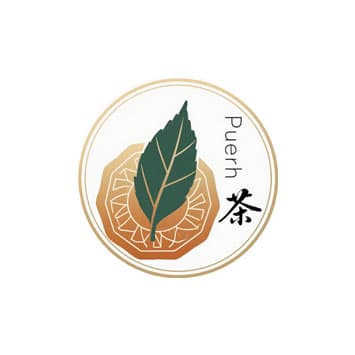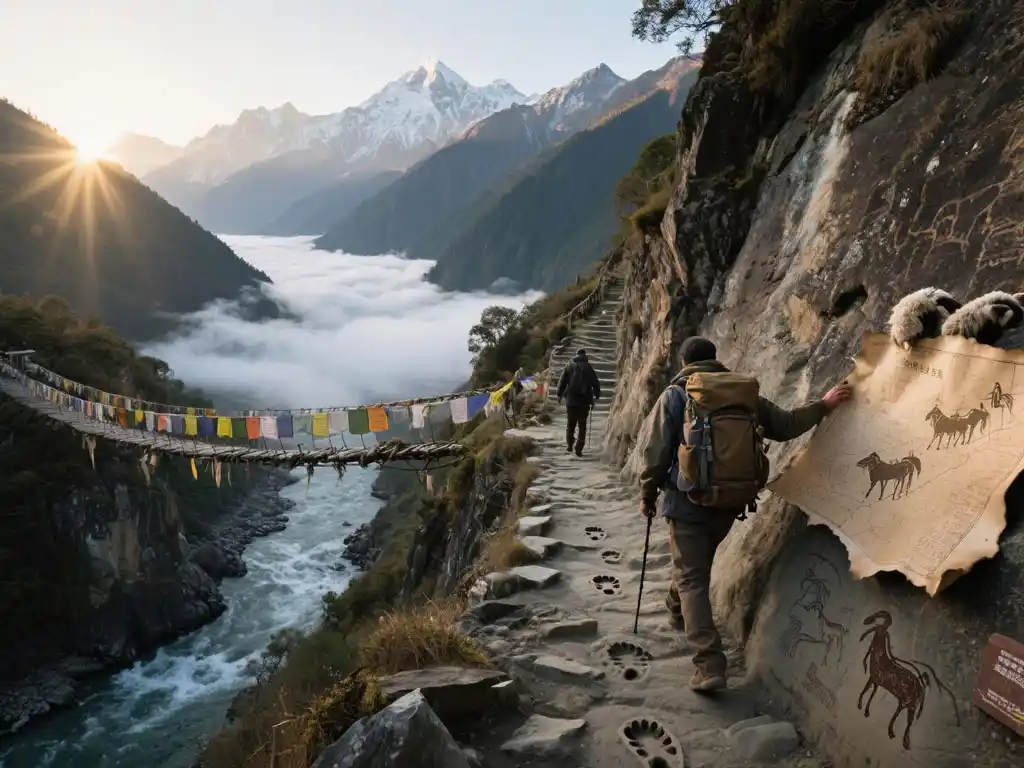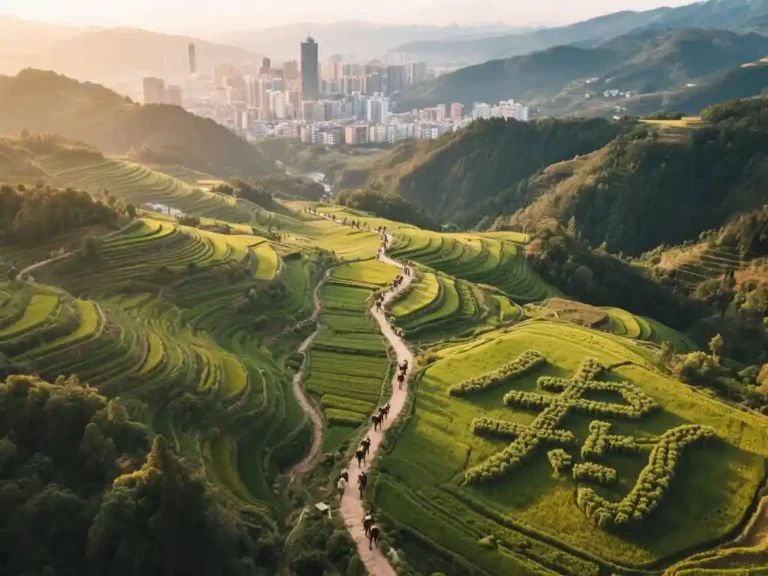Exploring Tea Horse Ancient Trail
Hiking the Tea-Horse Ancient Trail is embarking on a legendary journey to explore the history of this ancient trade route! Imagine this “super transport line” that traverses Asia’s most rugged mountains and deepest gorges, relying on human porters and packhorses to operate continuously for centuries before the advent of cars and trains. This legendary route—the Tea Horse Ancient Trail—was far more than just a trade route; it was an astonishingly vast logistics network spanning ancient China and Asia! Its scale and ingenuity remain awe-inspiring to this day.
Why was this route created?
-Out of necessity for survival!
Consider life on the Qinghai-Tibet Plateau. It is cold, high-altitude, and fresh fruits and vegetables are hard to grow. Locals traditionally ate a lot of meat and barley—very fatty and high-calorie foods. Tea, especially fermented Pu’er tea from Yunnan, became crucial. It helped cut through the richness and provided essential nutrients. A famous Tibetan proverb says, “Better three days without grain than one day without tea.” Tea was life.
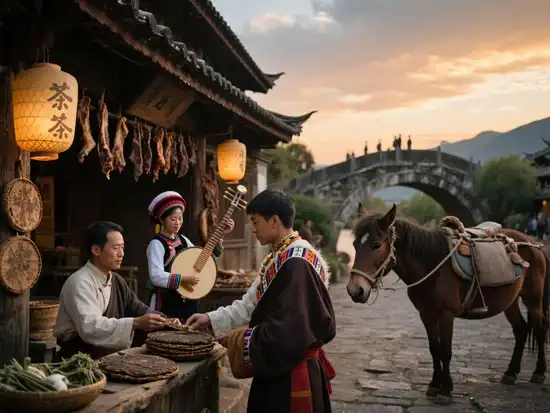
Meanwhile, ancient Chinese dynasties needed strong warhorses to defend their vast frontiers. The Tibet region and western Sichuan and northwestern Yunnan produced excellent horses. Yunnan and Sichuan, on the other hand, were abundant in good tea, especially Pu’er tea. Both sides possessed what the other desperately needed. This intense demand forged a path through the rugged mountains—the Tea Horse Road. In simple terms: tea was exchanged for horses, which were then used to defend the empire. This ancient logistics network was a testament to the wisdom of survival.
How did this ancient logistics network operate?
-It was incredibly ingenious!
Do not underestimate the wisdom of our ancestors! The logistics network of the Tea Horse Road was exceptionally well-organized and remarkably resilient.
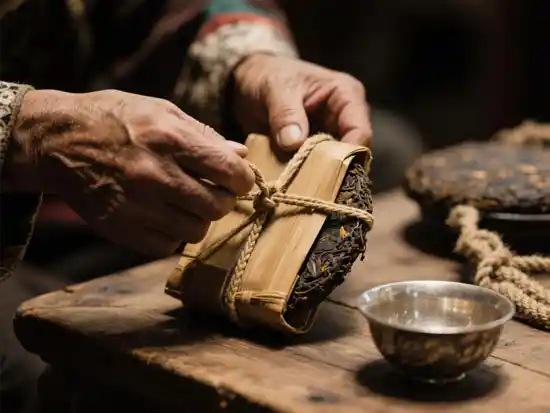
Caravans were the main players on this route. Imagine a massive convoy with dozens or even hundreds of mules and horses. These caravans functioned like mobile companies. They had clear divisions of labor: the leader (“big boss”), deputy, manager, assistants, veterinarians, blacksmiths for shoeing horses, and usually armed guards. This was a highly specialized team.
The goods were packaged cleverly. To facilitate long-distance transportation by livestock, tea leaves were tightly compressed into bricks, round cakes (such as the famous “Seven Sons Cake”), or bowl-shaped forms. They were then securely wrapped in bamboo strips or leather. This standardized packaging made the logistics network operate more efficiently.
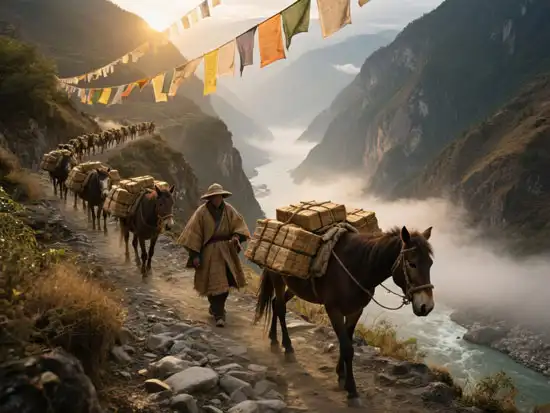
The routes were both perilous and legendary! The Tea Horse Road was not a single path but a vast logistics network composed of many routes. Each major route had its own legendary characteristics:
The Yunnan-Tibet Route: A heart-pounding challenge. Starting from Pu’er or Xishuangbanna in Yunnan, the route passed through Dali, Lijiang, and Shangri-La (Zhongdian). The real test begins: crossing the rugged gorges of the Nu River and Lancang River, traversing mountain passes over 4,000 meters above sea level in the Hengduan Mountains (such as the Bai Ma Snow Mountain and Mei Li Snow Mountain), entering Tibet, and finally reaching Lhasa. This route is extremely dangerous. Caravans constantly faced the risk of falling off cliffs. This was the ultimate test of the ancient logistics network.
The Sichuan-Tibet Route: The ancient classic route. Starting from Ya’an in Sichuan (a famous “border tea” production area), the route passes through Kangding, Litang, and Batang, crosses the Jinsha River into Tibet, and also leads to Lhasa. This is the oldest and most important link connecting inland China and Tibet, and the core part of the Tea Horse Road.
Yunnan-Burma Route/Yunnan-India Route: Reaching the World. Starting from Pu’er or Lincang in Yunnan Province, the route heads westward through Tengchong (an ancient trade hub) into Myanmar, or via Dehong. This route enabled the aromatic Pu’er tea to be exported to Southeast Asia and beyond, demonstrating that the Tea Horse Road was an international logistics network.
The “road” itself was the greatest obstacle. There were no smooth highways back then! Often, it was just narrow paths along cliffs, muddy dirt roads through jungles, rickety rope bridges or zip lines over rushing rivers, and freezing mountain passes. Caravans had to clear their own paths, build bridges, and deal with landslides and avalanches. Maintaining the smooth operation of this logistics network was an ongoing battle against nature.
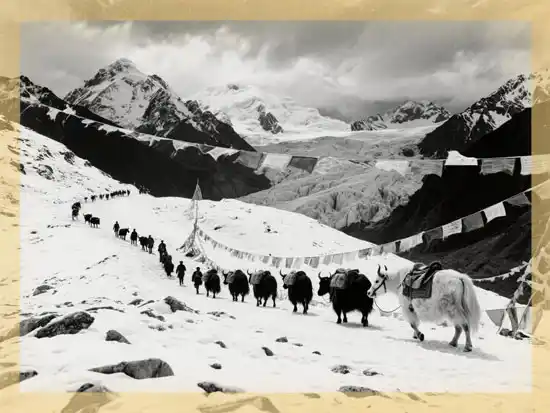
Danger was ever-present. Journeys could last months, even years. Bandit raids, wild animal attacks, storms, snow-blocked mountains, diseases, and epidemics… Large caravans carried weapons for protection. They also needed to maintain good relations with local leaders along the way to seek protection. Fixed relay stations (such as Lijiang Ancient Town) provide crucial rest and supplies. It is this unique “risk management” approach that keeps this fragile yet resilient logistics network operational.
More than just tea and horses: a corridor of cultural exchange
The Tea Horse Road logistics network transported far more than goods. It was a corridor of cultural exchange. Merchants, porters, and monks from numerous ethnic groups—Han, Tibetan, Yi, Bai, Naxi, Dai, Hui, and others—traveled together along the route. Languages, religions (Tibetan Buddhism, Han Buddhism, Taoism, Islam), arts, architectural styles, technologies, and customs deeply intertwined and collided here. Ancient towns like Lijiang, Dali, and Shaxi flourished as multicultural melting pots precisely because of the Tea-Horse Ancient Road.
It gave rise to towns. Countless rest stops, markets, and towns along the route flourished because of it. The historical significance of places like Pu’er, Dali, Lijiang, Shangri-La, Tengchong (Yunnan), Ya’an, Kangding (Sichuan), and Changdu (Tibet) is inseparable from this logistics network. They are important hubs along this network.
It disseminated ideas and beliefs. The relatively safe trade routes facilitated the spread of Buddhism by monks. Many important Tibetan Buddhist monasteries were built along the Tea Horse Road, serving as both religious centers and resting places for travelers, as well as cultural exchange points.
The caravans have faded into history, but the legend endures.
In the 20th century, roads and trucks brought an end to the caravan era. The Yunnan-Tibet and Sichuan-Tibet highways made transportation faster and safer, and the modern trade system replaced the tea-horse exchange, leading to the collapse of the social foundation of the caravan system. The crisp jingling of bells was eventually overshadowed by the roar of engines, and the millennia-old logistics network completed its mission and faded into history.
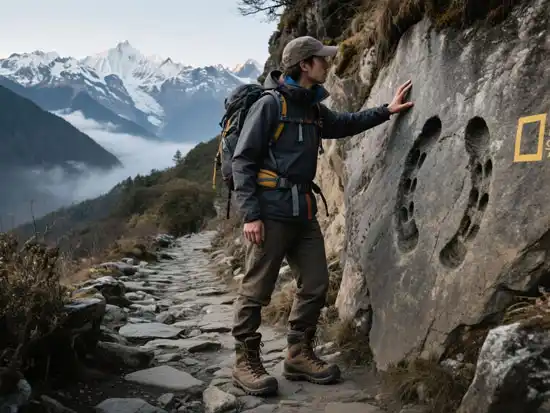
But the Tea Horse Road has never disappeared:
✅ World Heritage: The route network and Lijiang Ancient Town have been included in the World Heritage Tentative List
✅ Living history: The stone slabs worn smooth by horse hooves and the folk songs of the caravans still narrate the epic history of frontier development
✅ Hiking paradise: The perilous path of Tiger Leaping Gorge → the hidden realm of Yubeng → the grasslands of Kangding → the ancient salt fields of Yanjing, where global travelers trace the footsteps of the caravans
✅ The Soul of Pu’er Tea: The Yunnan-Tibet Highway has established Pu’er tea’s global reputation
An Immortal Spirit
When you touch the indentations on tea bricks in a museum or hear the echoes of history on Lijiang’s stone paths, you are touching the miracles forged by human courage—this logistics network that connects economies, integrates cultures, and spreads beliefs, proving the power of cooperation and resilience.
